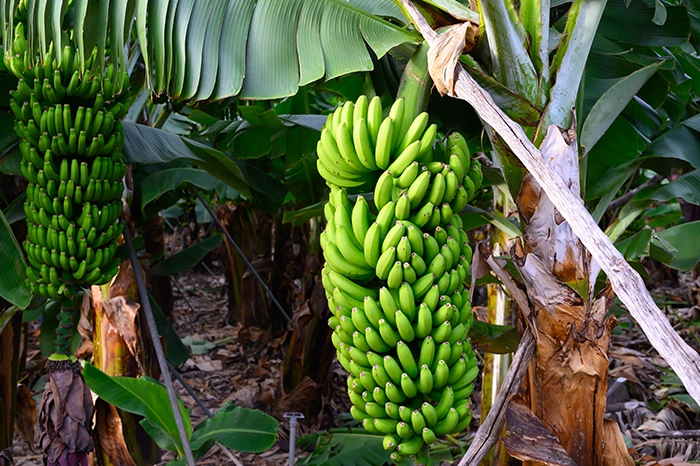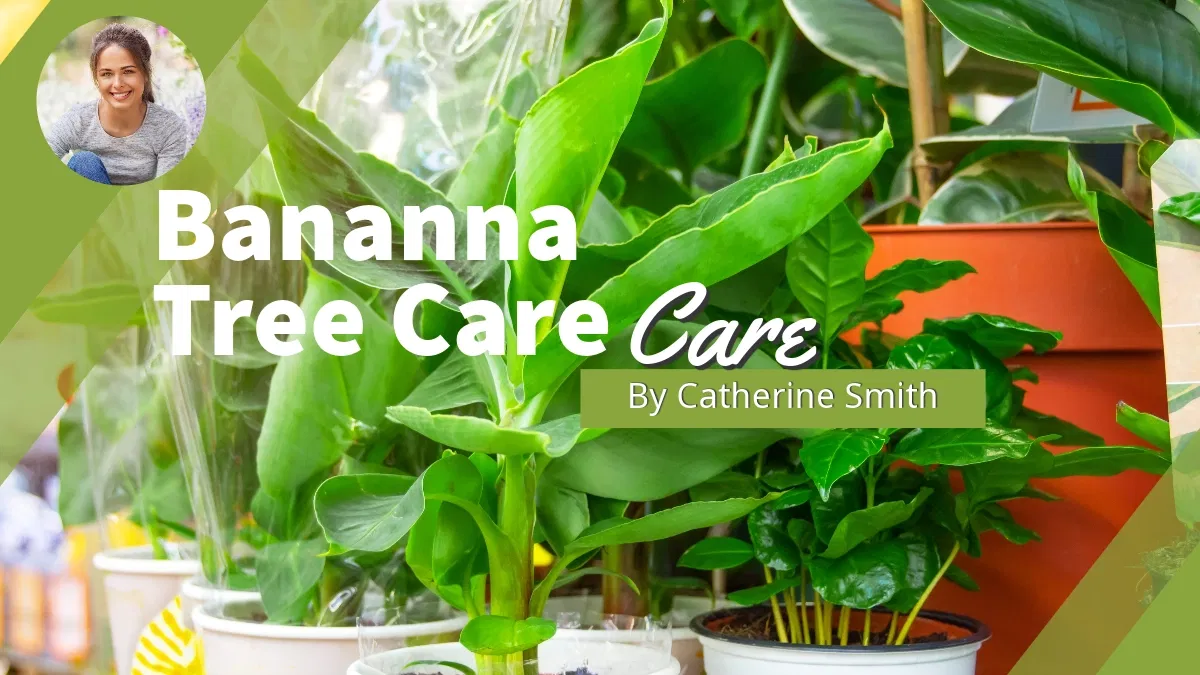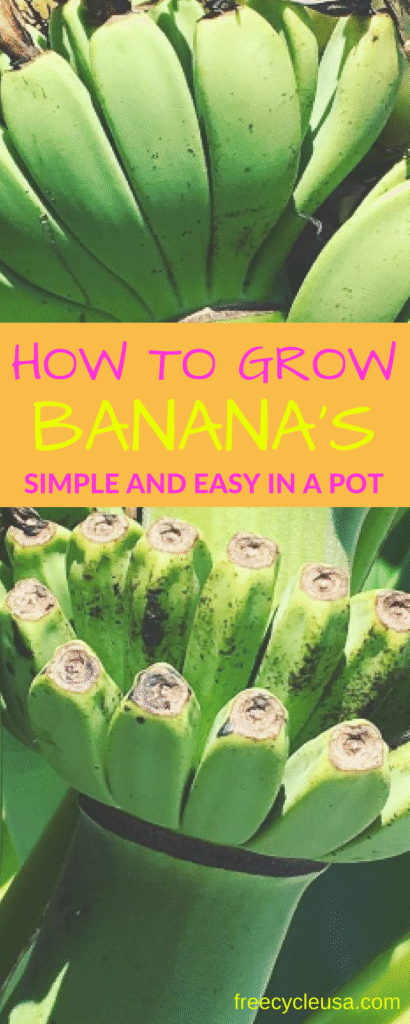Growing banana trees in pots can be a practical solution for those facing space constraints or living in colder climates. This article provides a complete guide on growing banana trees in containers, making it an attainable venture for gardeners of all levels.
1. Choosing the Right Banana Varieties for Containers
Some banana varieties can withstand temperature drops and thrive in containers, making them a favorite among enthusiasts of exotic tropical plants. The first question you might have is, can a banana tree in a pot bear fruit? The answer is a resounding yes, although it may take 3 to 5 years to fruit if grown from seeds.
2. Banana Trees in Pots: Lush Green Tropical Charm
Bananas are lush, fast-growing plants that can instantly lend a tropical ambiance to any location. Many varieties are excellent houseplants that require minimal care and grow rapidly. It's important to note that dwarf banana tree varieties are ideal for containers, growing to a manageable height of 2 to 4 meters, as opposed to ordinary banana trees, which can reach up to 15 meters in height.
3. Growing Banana Trees in Pots in Tropical Climates
Cultivating banana trees in pots is exceptionally easy for those living in tropical climates (USDA Zones 9 to 11). These plants require little care when grown in containers, with the only caveat being to provide afternoon shade during the hot summer months. As outlined below, the other requirements for temperate zones remain the same.

4. Banana Varieties Suitable for Container Gardening
Several dwarf banana varieties are well-suited for container gardening, reaching heights of 1.5 to 4 meters (4 to 12 feet). You can even cultivate these compact banana varieties indoors. Some popular options include Dwarf Red, Dwarf Cavendish, Dwarf Brazilian, Dwarf Jamaican, Rajapuri, Williams Hybrid, Gran Nain, and Dwarf ‘Lady Finger.' For ornamental purposes, consider Ensete ventricosum, Musa sikkimensis ‘Red Tiger,' and Musa ornata.
5. Essential Requirements for Growing Banana Trees in Pots
- Sun: Banana trees thrive in full sun, heat, and humidity, so choose a sunny location that's sheltered from strong winds.
- Soil: Ensure your banana tree is planted in well-draining, sandy soil enriched with organic matter and compost. A high-quality potting mix can also be used. Aim for slightly acidic to neutral soil with a pH of 6-7; adjust alkaline soil with sulfur.
- Watering: Bananas love moisture but avoid overwatering. In summer, water daily, and increase frequency in hot weather. The soil should remain uniformly moist, with reduced watering in winter.
6. Banana Plant Care in Pots
- Humidity: Banana plants prefer humidity levels above 50%. Boost humidity by misting the plant and placing it on a water-filled tray with pebbles.
- Overwintering: When the temperature drops below 50°F, banana plants stop growing. Mulch heavily and prune the leaves before winter. Keep the plant in a warm, well-lit room until spring.
- Fertilizer: Fertilize young plants with a nitrogen-rich fertilizer to promote rapid growth. As the banana tree matures, switch to a 15:5:30 fertilizer for regular feeding.
7. Dealing with Pests and Diseases
While bananas are generally resistant to diseases, browning and drying of leaves can indicate overwatering, while yellowing leaves may suggest nutrient deficiencies. Common pests that may affect banana plants include banana aphids, banana weevils, and coconut scale, which can be managed with organic pesticides.
Growing banana trees in pots is a rewarding endeavor that can bring a touch of the tropics to your home or garden, regardless of your available space or climate.
Unlock a World of Culinary Delights – Explore More Food-Growing Secrets Here!
Discover a Delicious World of Edible Delights! Explore More Growing Secrets Here!!!







